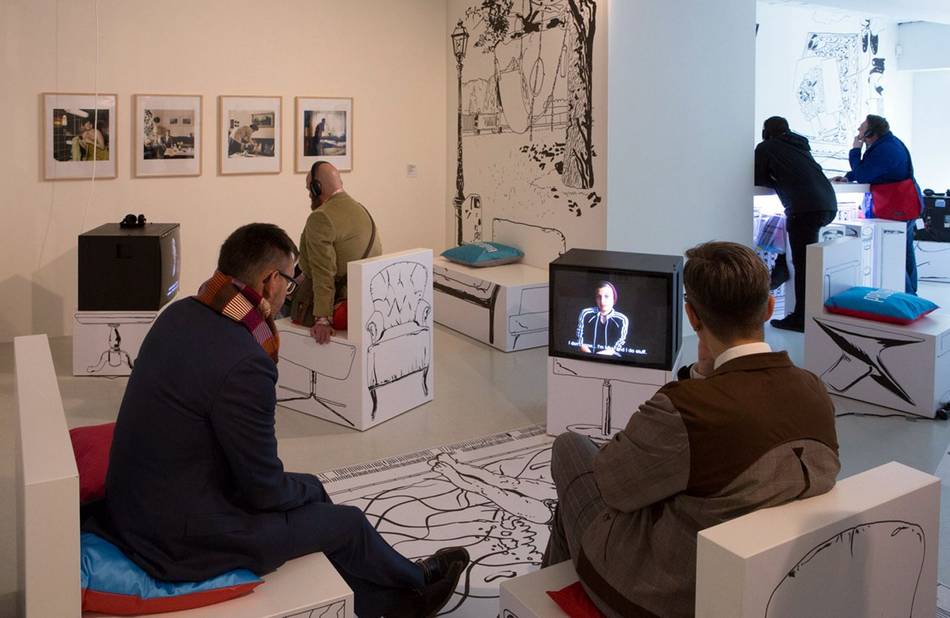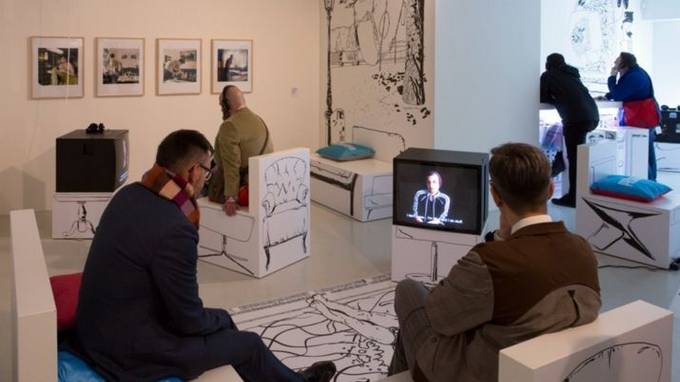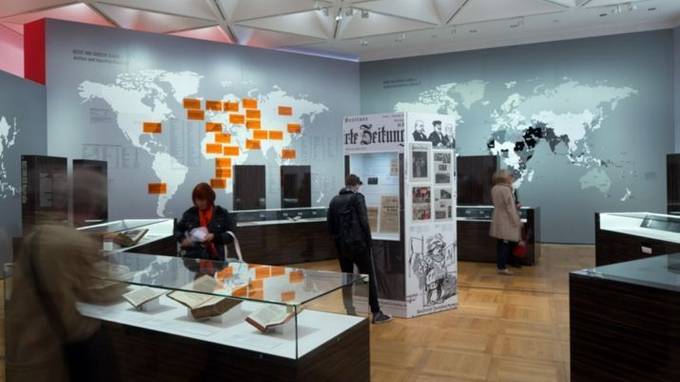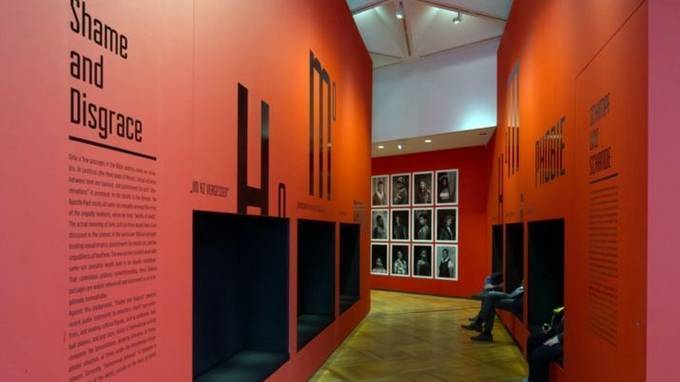Homosexualit_ies
Exhibition at the German Historical Museum and Schwules Museum*

The Federal Cultural Foundation and the Cultural Foundation of German States have agreed to cooperate on a regular basis to support projects of mutual interest. Both foundations are currently funding a cultural-historical double exhibition on the history and culture of male and female homosexuality to be shown at the German Historical Museum and the Schwules Museum* in Berlin in 2015.
Even though considerable progress has been made to strengthen the rights of homosexuals in recent years (e.g. gay marriage), homosexuality continues to be fodder for social conflicts and personal discrimination. Many people in the centre of Europe reject or at best only tolerate homosexual lifestyles as we’ve recently seen in Russia, Hungary or in France where people have demonstrated against granting adoption rights to gay couples. Most countries have a long way to go before they can legally guarantee comprehensive equal rights to their gay citizens. In fact, numerous countries around the world regard homosexuality as a crime, and those who openly practice it face persecution and punishment.
Combining social and art history, and incorporating both instructive and aesthetic-artistic approaches, this exhibition project aimed to break down prejudices, overcome taboos, and initiate a discussion on questions concerning normality and abnormality, and in so doing encourage participation by experts, the gay community and the general public. The premise of the curatorial concept was not to treat homosexuality as a minority problem or existing in a niche, but rather to emphasise the integral function of minorities in enlightened societies. Furthermore, the progress achieved by the lesbian movement for the emancipation of homosexuals has yet to receive any fitting show of appreciation. This joint project by both museums aimed to mend this oversight and more strongly emphasise the activities of the lesbian community, as it has often been marginalised in historical depictions of feminism in the past.
Alongside items on international loan, this comprehensive show presented numerous materials from the collection of the Schwules Museum* and the archives of the women's and lesbian movement, as well as from several private collections. Works by artists such as Monica Bonvicini, Louise Bourgeois, Heather Cassils, Michael Elmgreen & Ingar Dragset, Lotte Laserstein, Lee Lozano, Sturtevant, Jeanne Mammen and Andy Warhol commented on the exhibition's themes in a variety of ways.
The exhibition project was developedped in cooperation with the research team of the German Historical Museum. The curators were Birgit Bosold, member of the board of trustees at the Schwules Museum*, the art historian and experienced exhibition-maker Dorothée Brill and the scenographer, architect and curator Detlef Weitz.
Berlin
The world-renowned Schwules Museum* and the German Historical Museum in Berlin, Germany’s largest history museum, presented the exhibition simultaneously for five months starting June 2015. The exhibition project highlighted 150 years of homosexual emancipation using documentary materials and artistic works of fine art, film, literature, dance and theatre. The venues comprised a total of 1,600 m2 of exhibition space, whereby each museum will focus on specific themes. Chronological and thematic aspects were cross-referenced and interlinked in such a way that avoids evoking the impression of a final, definitive history of homosexuality.
Munster
From 13 May to 4 September 2016, the LWL-Museum für Kunst und Kultur presented the exhibition „Homosexuality_ies“, which is being jointly sponsored by the Kulturstiftung des Bundes (German Federal Cultural Foundation) and the Kulturstiftung der Länder (Cultural Foundation of the Federal States). The exhibition featured 150 years of the history, politics and culture of homosexual men and women in Germany. It examined how same-sex sexuality and non-conforming gender identities were criminalized by law, pathologized by the medical profession and socially marginalized. It highlighted the legal development of paragraph 175 of the German penal code, which criminalized homosexual acts, and came into force in 1872, the dramatic reinforcement of the law during the Nazi period and its retention until final abolition in 1994. Beyond these issues of social repression, the exhibition also focused on the emancipation movements of homo-, trans* and intersexual people, which has been gaining momentum particularly since the liberalization of laws during the 1960s, transforming society‘s understanding of gender identity. Works by such international artists as Monica Bonvicini, Louise Bourgeois, Cassils, Elmgreen & Dragset, Lotte Laserstein, Lee Lozano, Jeanne Mammen, Zanele Muholi, Julian Rosefeldt and Andy Warhol, amongst others, provided a wide-ranging commentary on the issues addressed by the exhibition.
Contact
Birgit Bosold
Schwules Museum*
Lützowstraße 73
10785 Berlin
www.schwulesmuseum.de (external link, opens in a new window) (external link, opens in a new window)



